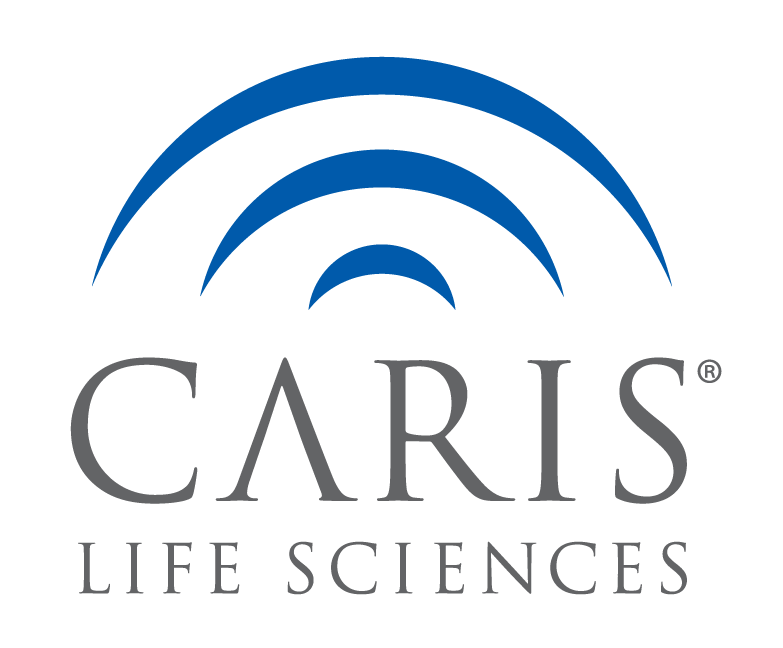Abstract
Background: A germline single-nucleotide polymorphism in the HSD3B1 gene results in adrenal-permissive (c.1100 C) and adrenal-restrictive (c.1100 A) phenotypes with respect to androgen synthesis. In pre- and post-menopausal patients with breast cancer (n=3548 and 7871, respectively) and endometrial cancer (n=1588 and 8439, respectively), we annotated samples as HSD3B1 adrenal permissive (CC/AC) or restrictive (AA) based on HSD3B1 variant status and then examined tumoral characteristics and clinical outcomes.
Methods: We utilized the Caris Life Sciences Precision Oncology Alliance (Caris POA) database to infer germline HSD3B1 c.1100 genotype in breast and endometrial cancers using variant allele frequencies (VAFs) derived from tumor DNA sequencing: c.1100 C VAF of 0% defined the AA genotype, VAF of 40-60% defined the AC genotype, and VAF of 100% defined the CC genotype. We explored associations of the permissive and restrictive HSD3B1 genotypes with other genomic (WES) and transcriptomic (RNA-seq) features, as well as with survival outcomes. We performed separate analyses according to menopausal status, which was defined using the patient’s age at the time of biopsy (>55 indicating post-menopausal).
Results: In both breast cancer (BC) and endometrial cancer (EC), the permissive HSD3B1 genotype was associated with increased estrogen receptor (ESR1) mRNA expression, particularly in the BC post-menopausal cohort (q-value <0.0001). In post-menopausal ECs, the permissive genotype was associated with increased alterations in the PI-3-kinase pathway (PTEN, PIK3CA, PIK3R1) and in KRAS (q-value <0.0001). Post-menopausal clear-cell ECs with the restrictive genotype exhibited worse survival (HR=1.60, 95% CI 1.07-2.38, p=0.03) and were 3 times less likely to be TMB-high (q-value =0.55) or MSI-high (q-value =0.41). In pre-menopausal HER2+ BCs, the restrictive genotype was associated with inferior survival (HR=1.40, 95% CI 1.05-1.85, p=0.027) and exhibited increases in hallmark GSEA signatures including epithelial-to-mesenchymal transition (EMT).
Conclusion: Breast and endometrial cancers can be classified as adrenal-permissive or -restrictive based on germline HSD3B1 c.1100 genotype. This classification informs clinical outcomes and tumoral features, particularly when stratifying by menopausal status. Importantly, these genotypes may be differentially associated with druggable pathways (PI-3-kinase) and markers of immune sensitivity (TMB, MSI).

